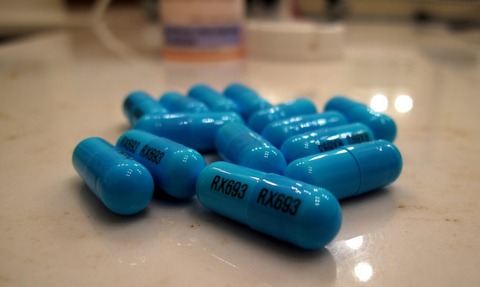Drug resistance mechanism uncovered
20 Feb 2014

Researchers in the US have discovered a drug resistance mechanism that could have significant implications on the development of antibiotics, according to a study published today.
According to the US-based Centers for Disease Control (CCD), more than two million people suffer from antibiotic-resistant infections annually, and at least 23,000 die because their treatment cannot stop the infection.
Today’s discovery, which represents a breakthrough in the development of a pair of “highly potent” antibiotic drug candidates, offers an element of hope for a drugs market in need of effective medicines.
“Now, because we know the resistance mechanism, we can design elements to minimise the emergence of resistance as these promising new drug candidates are developed,” said Ben Shen, a Scripps Research Institute (SRI) professor and leader of the study.
The study centred on a bacterium known as Streptomyces platensis, which protects itself from other bacteria by secreting anti-bacterial substances.
Streptomyces platensis belongs to a family of antibiotic-producing bacteria that accounts for more than two-thirds of naturally occurring clinically useful antibiotics.
“Knowing how these bacteria protect themselves, what the mechanisms of self-resistance of the bacteria are, is important because they could transfer that resistance to other bacteria,” said Tingting Huang, a research associate within Shen’s team.
Using genetic and bioinformatic techniques, the team identified two complementary mechanisms in the bacteria that confer resistance to platensimycin and platencin.
In essence, the study found a pair of genes in Streptomyces platensis which exploits a pathway to radically simplify fatty acid biosynthesis while bestowing insensitivity to these particular antibiotics.
Today’s announcement follows the news earlier this month of a UK-based project to develop new strains of antibiotics that are capable of fighting disease.
The £70 million project will seek to develop antibiotics that are able to fight against a growing epidemic of increased biological resistance to many of today’s medicines.
Its researchers claimed that any new antibiotics brought to the market would only be used cautiously so as to avoid a resurgence in biologically resistant bacteria.

